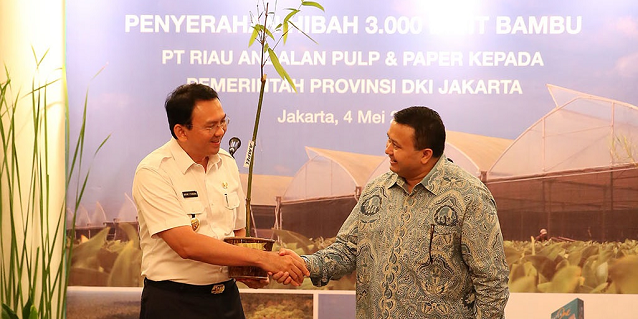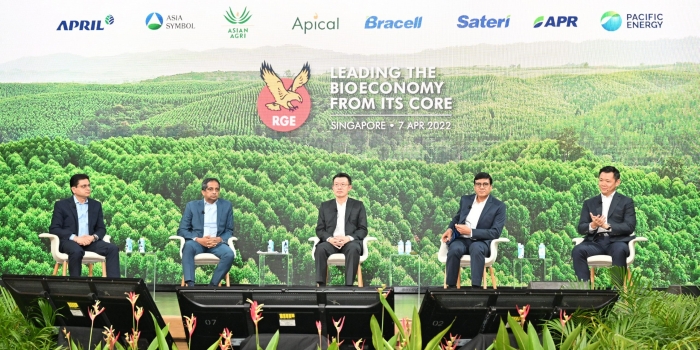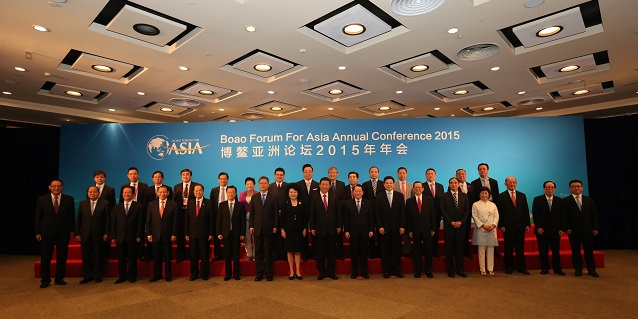The following is a commentary written by APRIL Group Corporate Affairs Director Agung Laksamana for Jakarta Globe (reproduced with permission; links and images added).
Commentary: Why PR Ambassadors are Important for Your Company’s Success
As a life-long PR practitioner I have heard and read many interesting stories that have shaped the way we view communication. One of these stories happened during President John F Kennedy visit to NASA space center at Cape Canaveral around 1961.
While strolling through the facilities, the President and his entourage stopped to meet and greet NASA employees. As he passed by, President Kennedy stopped and met a man in overalls sweeping the floor in one room.
He paused, shook his hand and introduced himself to the janitor. President Kennedy then asked what did the man do at NASA?
The man proudly replied “Mr. President, I’m helping to put a man on the moon!”
What an answer! Most people would see a cleaner as a human being whose duty was to keep the office facilities fresh and clean.
Being stereotypical, they could care less what the organization they help clean is all about.
What moves me most about this story was of course how an employee at supposedly the bottom of the pyramid understood the big picture! The grand purpose!
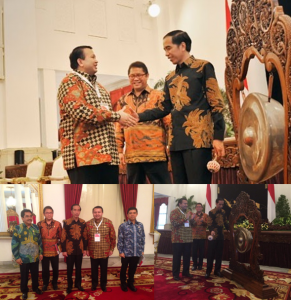
Public Relations Association of Indonesia (PERHUMAS) Chairman Agung Laksamana meets President Joko Widodo at the opening of the National Convention of Public Relations (KNH) 2015 in Jakarta.
Not only could he embrace the mission of NASA to be part of the world’s history, but in indeed, eight years later, the dream came true when Neil Armstrong, the first lunar astronaut ever, set foot on the moon in 1969. In essence, NASA managed to answer the “why” and manifest its purpose for all staff to be proud of, even down to the level of cleaners.
Why sharing this inspirational story is a great way of getting your vision across? For me, communication is the answer.
To be precise, internal communications to your valued employees.
Nearly every management texts repeatedly stresses how people are our greatest asset. Here the argument stands, in the context of an organization’s own internal communications, if its people are indeed their greatest asset, why do so few companies seriously investing in its internal communications for their employees?
Do we not want every employee to become a public relations and brand ambassador for the organization? A PR ambassador, in the sense of a “believer,” very committed and proudly socializing all the success stories and achievements of your organization.
No one has put it more strongly than Ari de Geus in his The Living Company. He couldn’t put in more bluntly by writing that companies die because their managers focus exclusively on producing goods and services and forget that the organization is a community of human beings that is in business — any business. Managers concern themselves with land, labor, and capital, and overlook the fact that labor means real people.
Another example is that of Jack Welch, former chairman and chief executive of General Electric, an iconic and legendary executive. He once wrote: “People first, strategy and everything else second!”
According to him, the company must build a great workforce. In his own words: “we build great people, who then build great products and services.” He backed up this statement with major investments in the caliber of GE people.
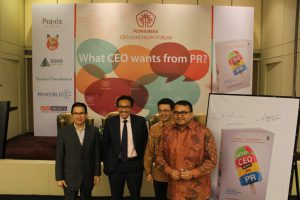
Mr Laksamana at his book launch in Jan 2015, with APRIL Group Managing Director Tony Wenas, Citi Indonesia CEO Tigor Siahaan, and IBM Indonesia CEO Gunawan Susanto.
The implications of communication and engagement within the organization will sooner or later exert an extraordinary impact on the bottom line.
In previous research by AON Hewitt in Trends in Global Employee Engagement, it found that a 5 percent increase in employee engagement is linked to a 3 percent increase in revenue growth in the subsequent year.
Imagine this for a second! Supposedly, your organization is able to raise staff engagement by 50 percent, you can boost your revenue by 30 percent. Wouldn’t we all want this reflected on our bottom-line?
Easier said than done. To do so we must try to answer the main question: Does your organisation’s vision and mission penetrate to all levels of the workforce. Is everyone able to articulate with pride and display motivation to become a PR and brand ambassador of the company?
As de Geus mentioned, above all, in a living company, members (staff, labor, employees, management) know “who we are,” and they are aware that they hold values in common.
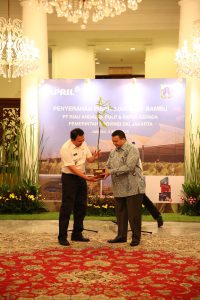
APRIL Group donated 3,000 bamboo seeds to the Jakarta Government as part of city’s greening efforts. Mr Laksamana represented APRIL at the ceremony. See the video here.
They know the answer to the definitive question about corporate identity: What do we value? Whoever cannot live with the company’s values cannot and should not be a member. The sense of belonging pulls together even the most diverse members of the company.
Let’s do a simplified quiz. Try randomly ask a few selected staff from the lowest level up to senior staff. Ask them some basic questions, i.e., what is the mission of your organization?
What are the company’s goals in the next year? If they can answer correctly with confidence, congratulations to you! You have “PR Ambassadors” within your organization.
If they cannot, your internal communication is clearly in need of improvement. Feeling part of something bigger than you is crucial. Wanting to be significant is a human need. All very Maslownian indeed!
Here’s what I suggest next. Starting tomorrow, greet the office boy who always prepares your morning coffee.
While taking a sip of hot coffee, ask him why he joined the company in the first place? Can he can enumerate the goals and destination of your organization?
Lastly, just remember when your entire employees embrace your real purpose and feeling the ownership of the bigger picture, somehow incredible things happen. Just like what Neil Armstrong’s first words on the moon: A small step for man, a giant leap for your company! Good luck!
Agung Laksamana is the chairman of the Public Relations Association of Indonesia and a director at Asia Pacific Resources International, a producer of fiber, pulp and paper with production base in Indonesia.
The original article may be found here.



